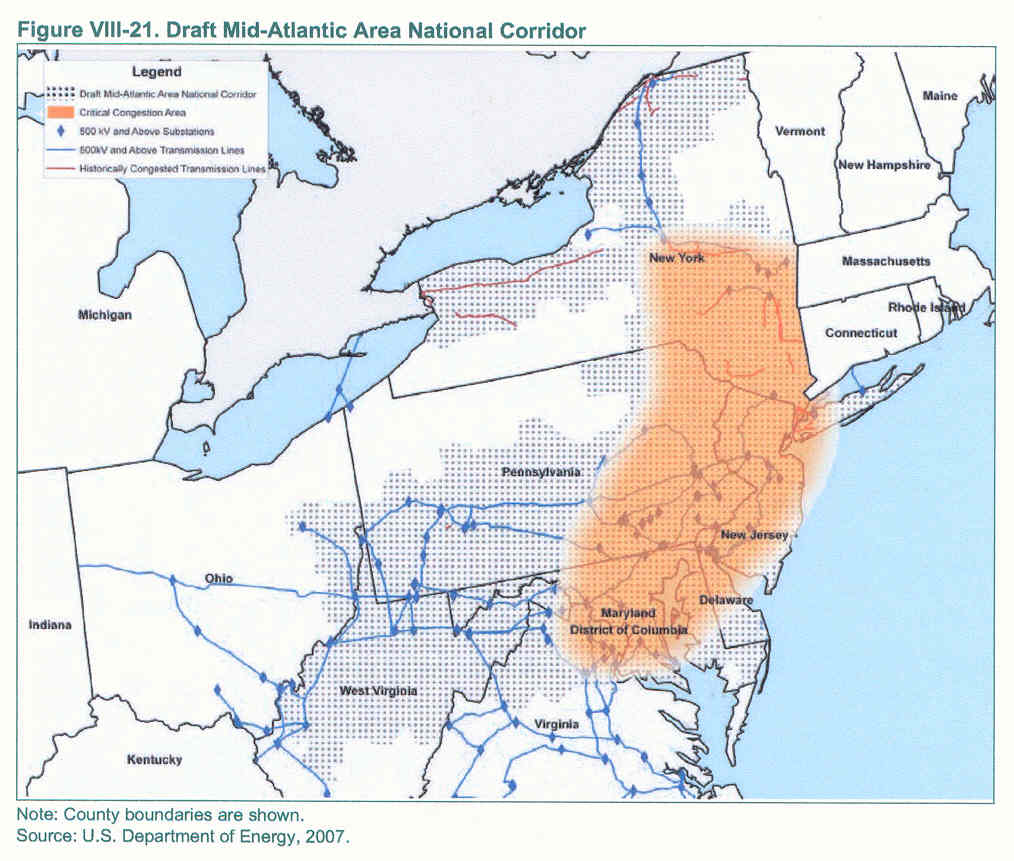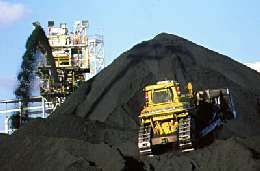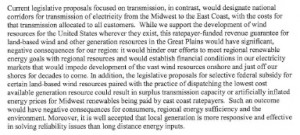NIETC designation of corridors tossed out by 9th Circuit Court!!
February 1st, 2011
Wow! Amazing!!!! The 9th Circuit Court has tossed out the DOE’s designation of the National Interest Electric Transmission Corridors, and the DOE will now have to fully consult with states and do some serious environmental review:
IGCC taking some twisted turns…
August 11th, 2010
There’s been change afoot as the facts of the infeasibility of CO2 capture and storage filters up to the higher regions of the cesspool, and as the financing nightmares and high capital costs of IGCC are paraded in public as the Indiana Duke IGCC project moves forward, and as, of course, the DOE’s EIS (here’s the DOE’s project page) for Excelsior Energy’s Mesaba Project drags on and on and on as the agency refuses, thankfully, to issue the Record of Decision on that… and slowly, painfully slowly, the truth about this IGCC pipedream is coming out.
A few telling tidbits, first, that they’ve given up on FutureGen IGCC, YEAAAAAAAAA:
DOE to provide $1B to revamped FutureGen
This study was released last June, which shows that leakage of CO2 is a major problem, and which makes sequestration not feasible:
Long-term Effectiveness and Consequences of Carbon Dioxide Sequestration – Shaffer
Can’t have information like that getting out, so USA Today, of course, plays it with the following headline — DUH, of course critics pan the study — and this is the best they could come up with and it took two months!
Critics question carbon storage study
IGCC – a bad idea goes to Mississippi
July 20th, 2009
and Mississippi’s PSC says… “Ummmmm… not so fast…”
It’s Mississippi Power’s Kemper County IGCC project. I’ve had a few interesting conversations about this project this morning, and some productive googling time. Like WOW, can you believe what they’re trying to do?
Mississippi Power had the audacity to think it could get “construction work in progress” rate recovery, and boost the rates immediately if not sooner to pull the $$$ out of ratepayer pockets to build this boondoggle. And there’s where the Mississippi PSC comes in, saying, “Ummmmmmm, no, not so fast!” (perhaps it was “STOP — THIEF!!!!”)
For the Mississippi PSC docket on this, go here:
And there’s DOE involvement – and EIS
And of course Richard Hargis is on this one too… I’ve fired off an email to him about the status.
Mississippi Power says that they plan to build a plant with CO2 capture and sequestration!?!?! What a farce — it’s not been done, can’t be done, and even if it could, THAT WOULD REDUCE PLANT OUTPUT BY HOW MUCH? Give me a break.
Let’s see, they say $2.2 billion cost, well, that might build about 80% of the plant, add another $440 million to complete it, add another $1 billion OR MORE for capture, and that doesn’t even include CO2 sequestration, transport pipeline and pressurization stations and place to store it, AND THEN THERE’S LIABILITY COVERAGE FOR CO2 RELEASES… and that doesn’t even include the 25-40% loss of efficiency for capture, transport and repressurization and storage FOREVER… How dare they spout this unadulterated bullshit…
Is this a Conoco Phillips project, or ??? I’ll dig around to see what I can see… Nope, it says “KBR” and based on some plant in Wilsonville, Alabama… again, I’ll do some digging.
Oh my, it’s not a power plant, it’s:
The Power Systems Development Facility in Wilsonville, Alabama
Here we go, from McMillan Scott:
READ THAT POWER POINT — it says TWO GASIFIERS!!! TWO, ONLY TWO!!! hee hee hee hee, WHERE’S THE SPARE GASIFIER?!?!?!
And here’s a great report in the Jackson Free Press (when was the last time you heard about parasitic load in any newspaper?!?! Very well done!!!)
PSC Creates New Hurdles for Coal-Burning Plant
Mississippi Power wants the PSC to move faster to approve a new plant.The PSC denied motions filed by competing power suppliers Magnolia Energy and Entegra Power Group, and the state attorney general motion to suspend their review of Mississippi Power’s request to build the plant, according to The Clarion-Ledger. The denials were only a portion of the whole story, however.
Read the rest of this entry »
Eastern Governors stand up against Transmission!!!
May 6th, 2009
Yeaaaaaaaaaaaa! One for the home team!!!!
First it was NYISO and ISO-New England:
Then it was New York’s Deputy Secretary of Energy testifying before Senate Energy Committee:
And now the Governors from the Northeast and Mid-Atlantic states have stood up against the insane Midwest transmission plans — transmission plans like CapX 2020, JCSP/MTEP, Green Power Express, and the unnamed group announced on April 3rd, starting in North Dakota, banding southern Minnesota, and shooting out into Wisconsin.
Here’s their letter:
It’s blurry, so click the letter and read the whole thing. An eye opener for the Midwest, those who don’t recognize that there’s a big world out there and it’s not all about Midwest wind. Folks, you have a marketing problem, your target market says NO! What about NO can’t you understand?
Mesaba FEIS now delayed until JUNE!!!!
March 19th, 2009
Excelsior Energy’s Mesaba Project has been delayed… AGAIN… until June… and when we get closer to June, well, we know what will happen… delay again!
Thanks to Charlotte Neigh and CAMP for keeping on this!



